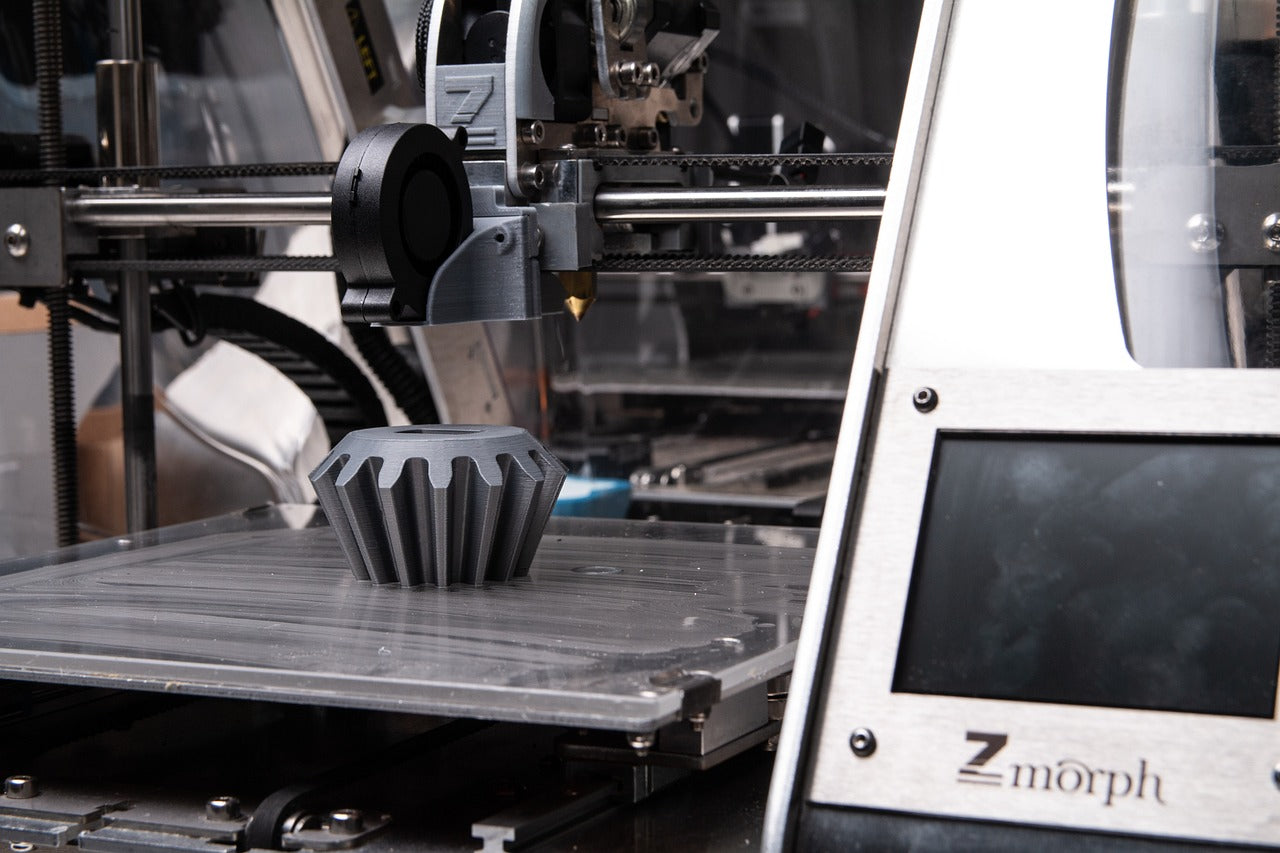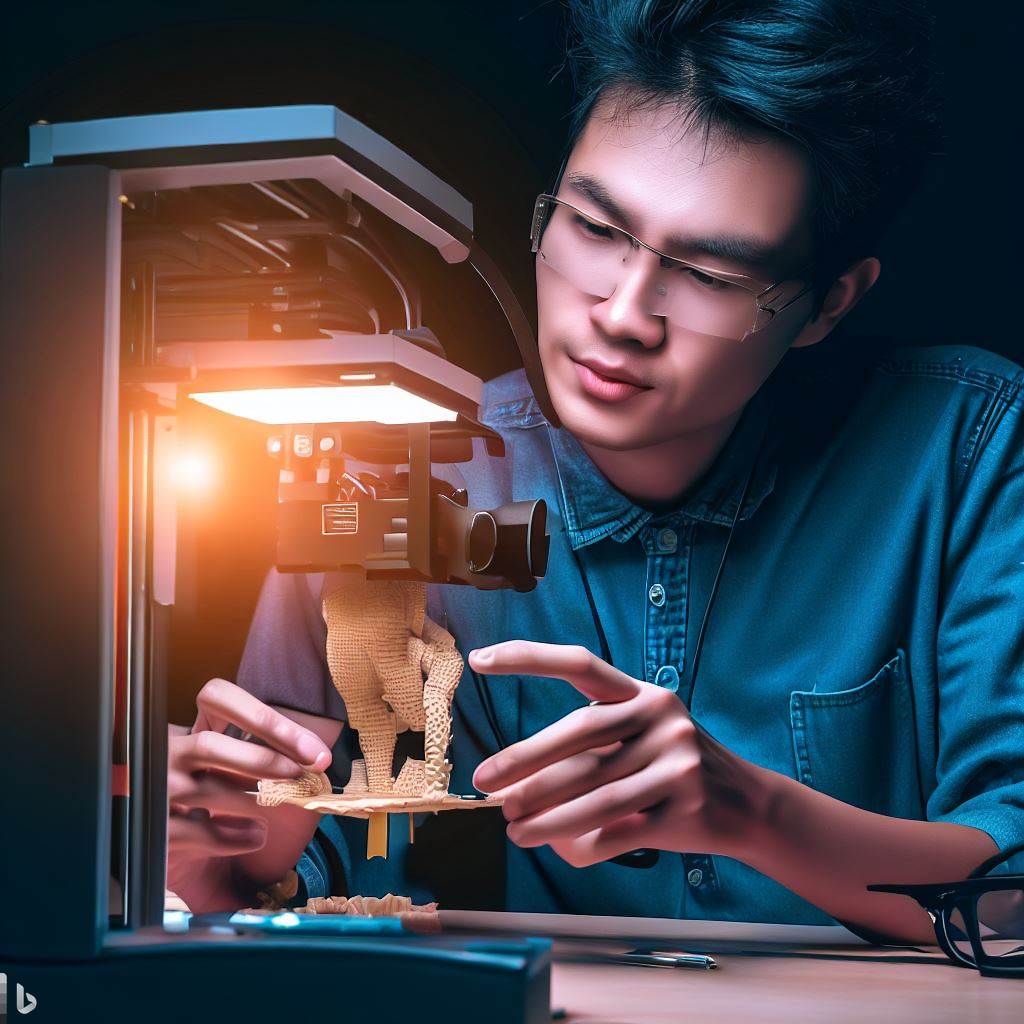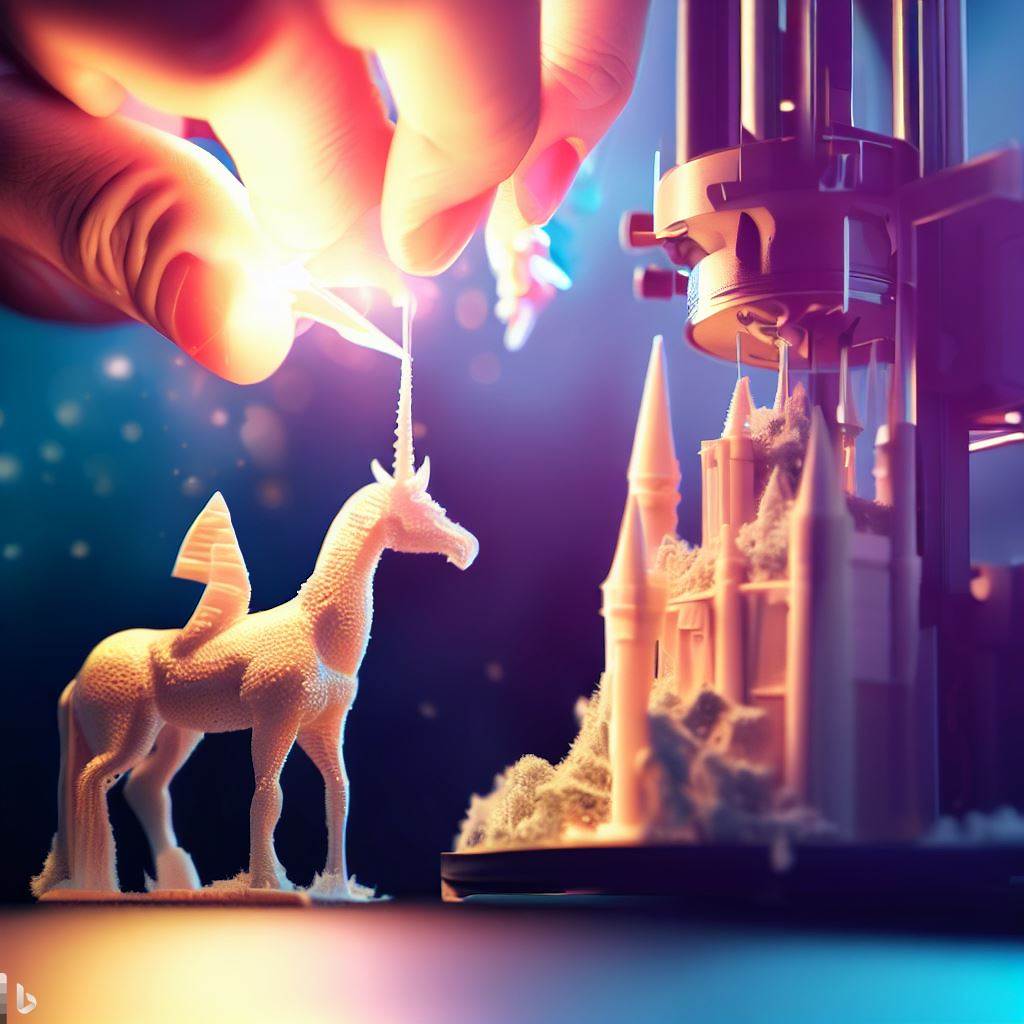3D printing, also known as additive manufacturing, has revolutionised the way we create objects. This innovative technology allows for the creation of three-dimensional objects by layering materials on top of each other, based on a digital design. Over the years, 3D printing has evolved significantly, from its humble beginnings as a tool for rapid prototyping to a technology that is now used in various industries, including healthcare, aerospace, and automotive. The evolution of 3D printing has brought about advancements in materials, printing techniques, and the size and complexity of objects that can be printed. As this technology continues to develop, it holds the potential to transform manufacturing processes and enable the creation of customised, complex, and sustainable products.
From its humble beginnings to its groundbreaking advancements, we explore the incredible transformation that has shaped the future of manufacturing and design.
Early 3D printing
The concept of 3D printing originated in the 1980s, with the invention of stereolithography by Charles Hull. This technique used a laser to solidify layers of liquid resin, paving the way for future developments in 3D printing technology.
Many advancements have been made in the field of 3D printing since its early days, with one significant breakthrough being the invention of stereolithography in the 1980s. This revolutionary technique paved the way for future developments in 3D printing technology, allowing for the creation of three-dimensional objects by using a process of curing liquid resin with ultraviolet light. Stereolithography enabled industries such as manufacturing, healthcare, and design to explore new avenues and push the boundaries of what was previously thought possible.
Advancements in materials
Initially, 3D printing was limited to plastics and resins. However, over time, the range of printable materials expanded to include metals, ceramics, and even biological materials like living cells. This broadened the applications of 3D printing across various industries.
The expanded material range in 3D printing has significantly broadened its applications. With the ability to print with a wide variety of materials such as metals, ceramics, plastics, and even food, 3D printing has revolutionised industries such as manufacturing, healthcare, and aerospace. This advancement has allowed for the creation of complex and customised designs that were previously impossible to achieve through traditional manufacturing methods. From prosthetics and medical implants to intricate architectural models and lightweight aircraft components, the expanded material range in 3D printing has opened up endless possibilities for innovation and creativity.
Increased accessibility
In the early days, 3D printers were large, expensive machines primarily used by industrial manufacturers. However, as technology progressed, desktop 3D printers became more affordable and accessible to individuals, hobbyists, and small businesses.
The increased accessibility of affordable and accessible 3D printers has revolutionised the way individuals and small businesses approach manufacturing and prototyping. With the ability to create three-dimensional objects from digital designs, individuals can now bring their ideas to life without the need for expensive manufacturing equipment or outsourcing. Small businesses, on the other hand, can now produce prototypes and small-scale production runs in-house, reducing costs and time-to-market. This increased accessibility has democratised the manufacturing process, empowering individuals and small businesses to turn their ideas into reality.
Faster 3D printing improves efficiency and practicality.
One significant evolution in 3D printing is the increase in printing speed. Early printers were relatively slow, taking hours or even days to complete a single object. Modern printers can now produce complex objects in a matter of hours, making the technology more efficient and practical.
With the ability to print objects at a much faster rate, businesses can now produce prototypes and finished products in a fraction of the time it would take using traditional manufacturing methods. This not only saves time but also reduces costs, as companies no longer need to invest in expensive molds or tooling. Additionally, faster 3D printing allows for more flexibility in design iterations, enabling manufacturers to quickly make adjustments and improvements to their products.
Improved precision and resolution for detailed objects
As the technology advanced, the precision and resolution of 3D printers improved significantly. This allowed for the creation of intricate and detailed objects with high accuracy, making 3D printing suitable for applications in fields like medicine, aerospace, and architecture.
By offering improved precision and resolution for creating highly detailed objects, 3D printing has revolutionised the manufacturing industry. With the ability to print layer by layer, this technology allows for the production of intricate designs and complex geometries that were previously impossible to achieve, including creating prototypes, customised products, or even medical implants.
Integration of software and design tools
Next came the introduction of sophisticated software and design tools in 3D printing. These tools now enable users to create and modify 3D models, optimise printing parameters, and simulate the printing process, resulting in more efficient and precise prints.
With these advanced tools, professionals are able to streamline their work processes, automate repetitive tasks, and collaborate seamlessly with team members. These software and tools have become indispensable in various industries with the ability to create intricate designs, analyse complex data, and generate accurate reports. By reducing manual effort and increasing productivity, businesses can save time and resources, ultimately leading to higher profitability and success.
Multi-material and multi-colour printing
Initially, 3D printers could only print objects using a single material or colour. However, advancements in technology now allow for multi-material and multi-colour printing. This enables the creation of complex, multi-component objects with different properties and aesthetics.
This technology enables the printing of objects with different materials and colours seamlessly integrated, resulting in stunning and realistic final products. With multi-material and multi-colour printing, the boundaries of what can be created are pushed further, allowing for the production of objects that were once thought to be impossible.
Industrial-scale 3D printing revolutionises manufacturing processes
In recent years, there has been a rise in industrial-scale 3D printing, also known as additive manufacturing. Large-scale printers are now capable of producing functional parts and components for industries such as automotive, aerospace, and construction. This evolution has the potential to revolutionise traditional manufacturing processes and supply chains.
With the ability to create complex and intricate designs with ease, 3D printing has eliminated the need for traditional manufacturing methods that often involve time-consuming and costly processes. This technology has enabled manufacturers to produce customised products on a large scale, reducing production time and costs significantly. Overall, industrial-scale 3D printing has transformed the manufacturing industry, making it more efficient, cost-effective, and adaptable to the ever-changing demands of the market.
3D printing has come a long way since its early beginnings in the 1980s. Advancements in materials, increased accessibility, improved printing speed, enhanced precision and resolution, integration of software and design tools, and the ability for multi-material and multi-colour printing have all contributed to the growth and potential of this technology.
As this technology continues to evolve, it is important for individuals, businesses, and industries to embrace and explore the opportunities it presents. Whether it is through investing in 3D printing technology, utilising 3D printing services, or simply staying informed about the latest developments, taking action to engage with 3D printing is crucial in order to stay competitive and tap into the full potential of this transformative technology.





Leave a comment
This site is protected by hCaptcha and the hCaptcha Privacy Policy and Terms of Service apply.